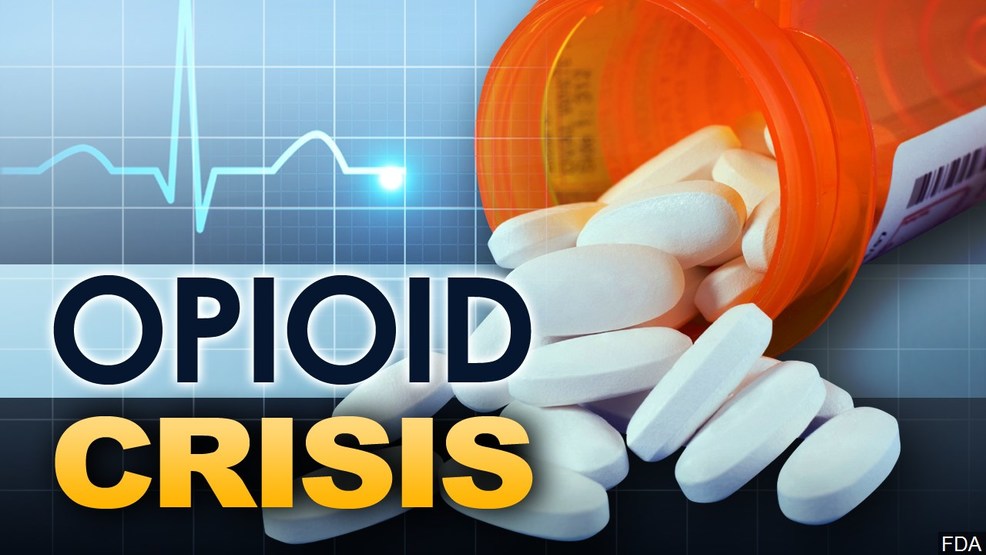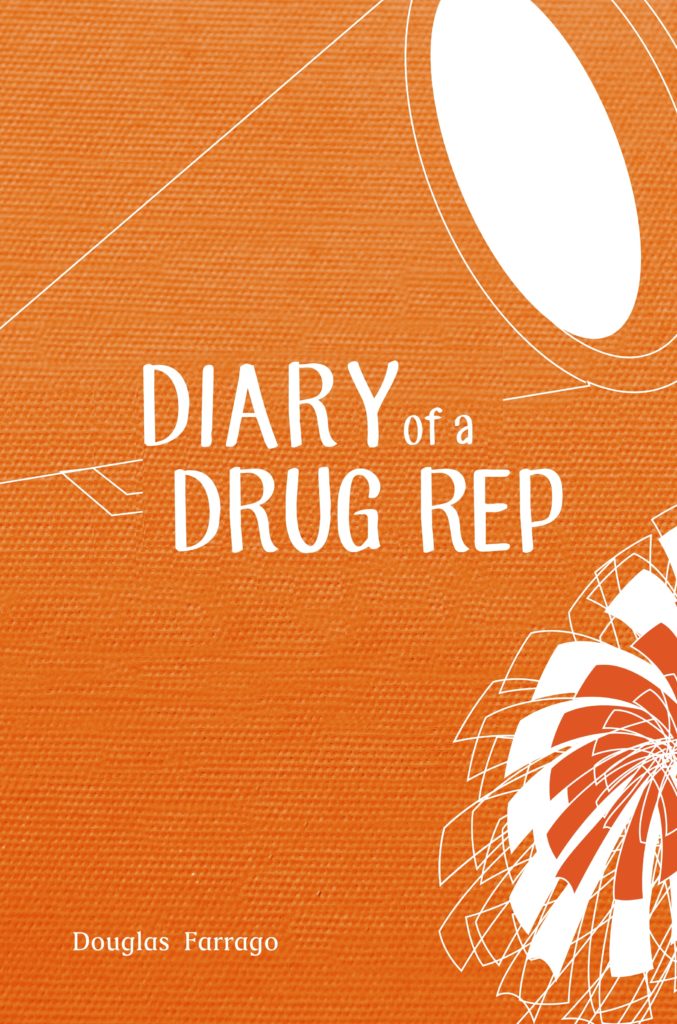The Opioid Crisis is All Your Fault
The fingers keep pointing our way. We, as physicians, obviously caused this crisis. Forget all the articles and lectures back in the early 2000s about how bad we were at assessing and treating pain. It turns out that WE are 100% to blame. Not the narc seekers. Not the pill mills that were left unchecked.
Forget the fifth vital sign nonsense they made up (Joint Commission in conjunction with Purdue Pharma). Forget doctors getting sued for NOT treating patients pain adequately. Here is a nice paper in PubMed from 2001:
Another message to physicians implicit in these verdicts is that there is a standard of care for pain management, a significant departure from which constitutes not merely malpractice but gross negligence. Even if professional boards might not hold their licensees to that standard, juries will. With the implementation of the new pain standards by the Joint Commission for the Accreditation of Healthcare Organizations, which recognize the right of patients to the appropriate assessment and management of their pain, public expectations will likely increase exponentially.10 To match these expectations, physicians will need to urgently improve their knowledge, skills, and attitudes toward pain relief.
Makes you feel all warm and fuzzy inside, doesn’t it? You see how the Joint Commission was complicit in all this?
Here is the new attempt to blame us (from AMA Morning Rounds):
Nearly one-third of outpatient opioid prescriptions lack medical explanation, study indicates
NBC News (9/11, Fox) reports on its website that according to research published in the Annals of Internal Medicine, a review of medical records from 2006 to 2015 “showed that a physician gave no explanation at all for writing an opioid prescription in 29 percent of the cases.”
The Boston Globe (9/10, Finucane) reports “inappropriate prescribing, bad recordkeeping, or a combination of both were possible reasons for the missing data, according to the researchers.” Study author Tisamarie Sherry said, “Whatever the reasons, lack of robust documentation undermines our efforts to understand physician prescribing patterns and curtails our ability to stem overprescribing.”
The study was a massive fish net of visits that they evaluated. How many pill mills were in there? No one knows. Most of the cases of “non-explanation” were for patients already on chronic pain meds and were given a refill at the visit:
Absence of a pain diagnosis was more common among visits in which an opioid prescription was continued (30.5% [CI, 29.0% to 32.0%]) than those in which an opioid was newly prescribed (22.7% [CI, 20.6% to 24.8%]).
At visits with no pain diagnosis recorded, the most common diagnoses were hypertension, hyperlipidemia, opioid dependence, and “other follow-up examination”
So, opioid dependence was not a diagnosis? Lack of documentation is not great and I get that. It does NOT imply causality, however.
Watch the media drill us for this. We are the scapegoats and yet I fully believe good docs were either stuck HAVING to give pain meds (due to dependence) and/or satisfaction survey fear or gave pain meds appropriately. I believe the opioid crisis was mostly started by:
- Moronic educators who claimed we didn’t treat pain adequately
- The Joint Commission
- Big Pharma (like Purdue)
- Narc Seekers
- Pill Mill docs
- Metrics pushing satisfaction surveys that forced doctors to make patients happy no matter the cost
None of the things recommended by so-called experts have fixed the above. Word on the street is that there is legislation out there to outlaw pain (thanks, Michael Chiampi MD, for that one). I hope it passes.











The tragically laughable part of all this is that in the next 15-20 years we will be back with a “pain the 5th vital sign” situation because people will be crying for pain relief.
Either that or we’ll be a nation of pot-heads.
My post originally on KevinMD, April 14, 2018
Have you ever had a prescription altered? I have, several times — all opioids. Despite making copies of every prescription to prove what I actually wrote for, dealing with everything from patients who threatened to sue me for false accusations to time spent with the DEA was a real pain. The good news is that during the pre “pain as fifth vital sign” era at least — since my prescribing habits were nominal — the process was handleable. I attribute this to the fact the prescribing decisions were entirely between me and my patients and no one else.
All that changed after so-called “experts” decided they knew better and started pressuring physicians to become more liberal with narcotics. I am proud to say that my narcotic prescribing did not change despite enormous pressure to do so. Strangely, at least in the beginning, I did not see one altered prescription. Perhaps it was because with liberal prescribing came more lax enforcement, so prescriptions were still being altered but were not caught. In any case, the disaster that ensued was so predictable a child could see it. The fact that our leadership went along with it was particularly galling.
In any case, physicians are now dealing with pressure from the exact opposite direction. We have passed through the eye of the hurricane, so to speak. Those storms are clearly getting worse, and if physicians are not careful, we will be the ones suffering the most legal and professional damage, especially since the government has gotten on the bandwagon. In typical politician fashion, the government is now claiming it is going to step in to “fix” the opioid crisis. That means they will be looking for scapegoats. That means lawyers will inevitably follow.
Despite one lawsuit in West Virginia against JCAHO, the current wave of lawsuits is against pharma and pharma chains. Of course, they will vigorously defend and inevitably that defense will be that they are not prescribers. Since politicians need to prove to the public they are doing something, and lawyers really don’t care where their pound of flesh comes from, that means the hammer will inevitably come down on physicians.
So far the pressure on physicians has been regulatory. Some logical moves like strengthening pharmacy prescription tracking but some overreaching like blanket limitations on narcotics and some ridiculous like pain contracts.
Improvements may come from increasing addiction treatment, but the high recidivism rate may limit that success. What will physicians do when the government suspends their license on the mere suspicion of inappropriate narcotic subscribing? What happens when the lawsuits start? I suspect that our leadership will do nothing — which, once again, leaves us to fend for ourselves. For me, I have decided to go on another “micro strike.”
I have decided to stop prescribing narcotics altogether.
Granted, my current position allows me to do that and surgeons can’t stop altogether, but even they can have strict rules regarding their narcotic prescribing.
I call on other physicians to do the same. We can’t afford any additional contributors to burnout and narcotics are just too radioactive to touch right now. If we tell our patients it is our blanket policy, they will have to accept it.
It’s time for physicians to send a clear message that we will no longer be political scapegoats or ATM machines for lawyers. With enough luck we may be able to achieve what is needed and to return to the pre- “fifth vital sign” era where pain control decisions were between physician and patient and no one else. Limit the government intervention to going after the pain mills where the real problems are and leave the rest of us alone.
Then I could return to the one narcotic prescribing problem I had, dealing with the occasionally altered prescription. Still annoying — but a small price to pay for being a physician again.
Thomas D. Guastavino is an orthopedic surgeon.
I am not sure how an orthopedic surgeon practices while having a blanket moratorium on prescribing narcotics. If I went to an orthopedist for an elective surgery and was told that I would not be prescribed narcotics for pain management under any circumstances I would go somewhere else. If you are not telling patients before surgery regarding your policy, then you have an ethical issue. I guess your theory is that if you refuse to treat your patient’s pain they will complain to their political representation to stop harassing law-abiding docs who prescribe narcotics reasonably. I think the reality is that they will just view you as a sadist and seek out another physician. By the way, your online rating profile mirrors mine…all 5 stars and 1 stars; nothing in between. The 5 stars are my regular patients and my 1 stars are drug seekers that I refuse to prescribe to.
I still get nurses who spontaneously report analog pain scales to me. It drives me mad as the subjective assessment of pain on the part of the sufferer is in no way quantitative. A better understanding is some knowledge of the patient and his level of Stoicism. But, of course, all patients are widgets in the machine and all must be treated in exactly the same way.
I think that I have a really high pain tolerance. I could see myself reporting to someone that I was having 10/10 pain without tears rolling down my face or screaming. On the other end of the spectrum just a few minutes ago I had a patient ask me for narcotic pain medication for a blister on their foot.
You know what? Recently we “had” to put that insane pain scale in our exam rooms by government mandate! I tore them down and told them to ef off. We are required by law to have our roomers put a pain number down. I ignore it unless the patient brings it up.
The f-ing government just can’t keep their noses out can they?